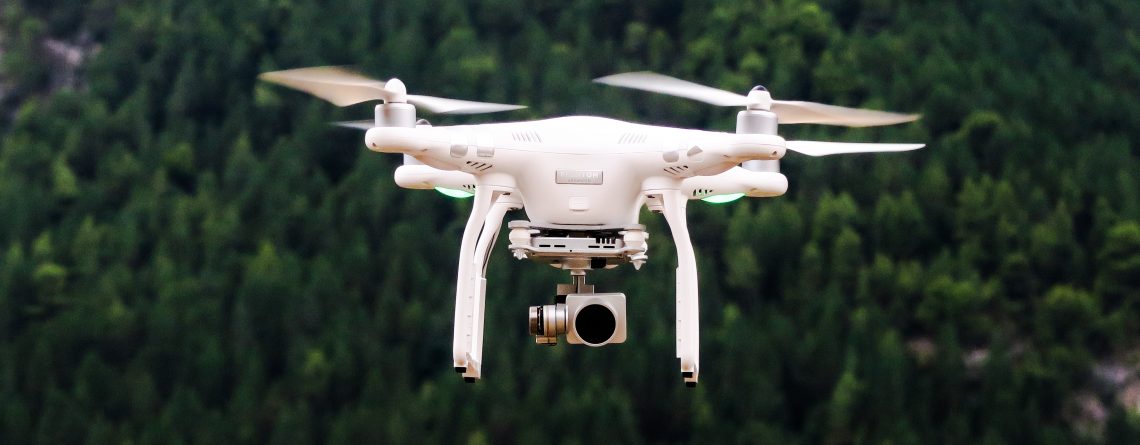Not long ago, forest inventories were done almost entirely by hand. Specialists would enter the forest with a tape measure, a notebook, and years of experience, carefully recording tree species and measuring growth. It was labor-intensive work, but it provided a level of accuracy and ecological understanding that technology alone could not achieve. Today, this work is rapidly changing. Drones, satellites, and AI can process enormous amounts of data faster, cheaper, and often with fewer errors. At Treevive, we welcome these innovations, they are crucial for scaling up forest carbon projects worldwide.
Yet I see a worrying trend: an over-reliance on technology at the expense of on the ground expertise. Some actors in the carbon space now suggest that projects can be fully monitored and verified remotely, without ever setting foot on the ground. To me, that is a step too far. Technology is powerful, but far from flawless. Tests show that even in my home country The Netherlands, which is flat with limited forest biodiversity, drone measurements still have a substantial margin of error regarding biomass measurements. I can only imagine what this means for tropical forests in mountainous terrain.
Personal experiences from Technical Assistance partners we work with confirm this: every walk in a tropical forest reveals (sub)species that had been overlooked in earlier surveys. Only indigenous people have the knowledge to capture sometimes miniscule differences between tree species. No algorithm, however advanced, can fully replace that knowledge. That is why at Treevive, we strongly believe in combining the best of both worlds. Yes, let’s embrace new tools and continue to refine them. But let’s not abandon ground truthing, the practice of validating remote data with on-the-ground expertise. This is standard in other scientific disciplines and should be the norm in forest carbon projects as well.
Ultimately, the credibility of carbon markets depends on reliable data and trust. By combining cutting-edge technology with field validation, we ensure that the projects Treevive supports deliver measurable, verifiable, and lasting impact – for climate, biodiversity, and local communities.
So, here’s my provocation: let’s not blindly follow the tools as if they provide the ultimate truth. Let’s use them wisely, in partnership with people who know the forests best.
What do you think? How do you see the balance between technology and human expertise in building trustworthy forest carbon projects? I’d love to hear your perspective.
This blog is written by Michel Schuurman, Business Development Treevive


